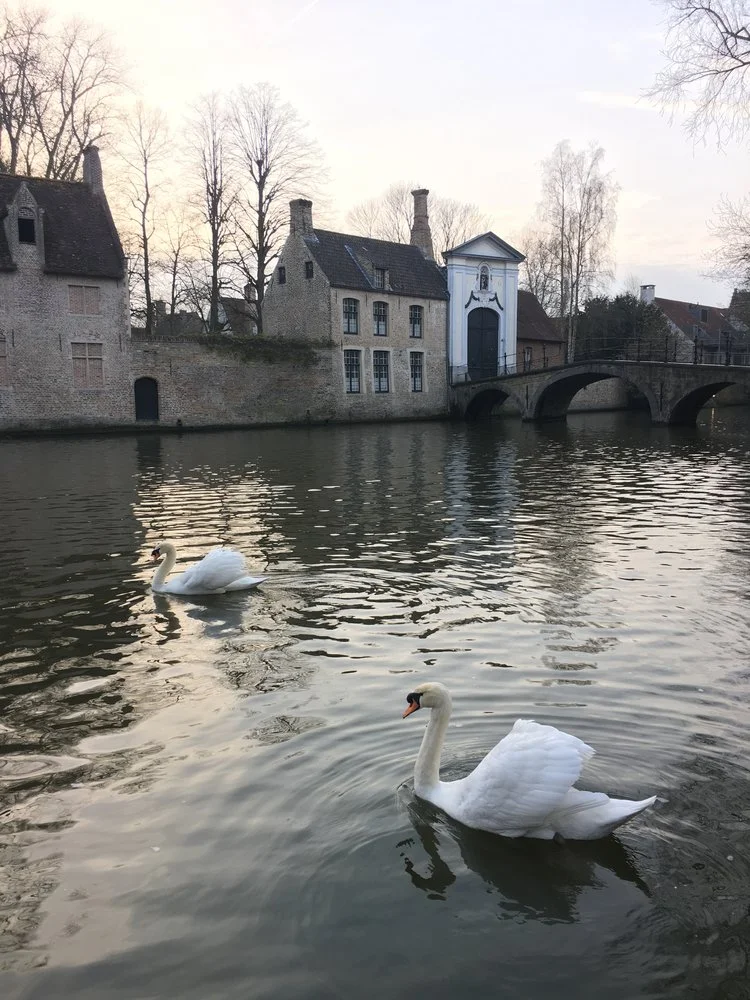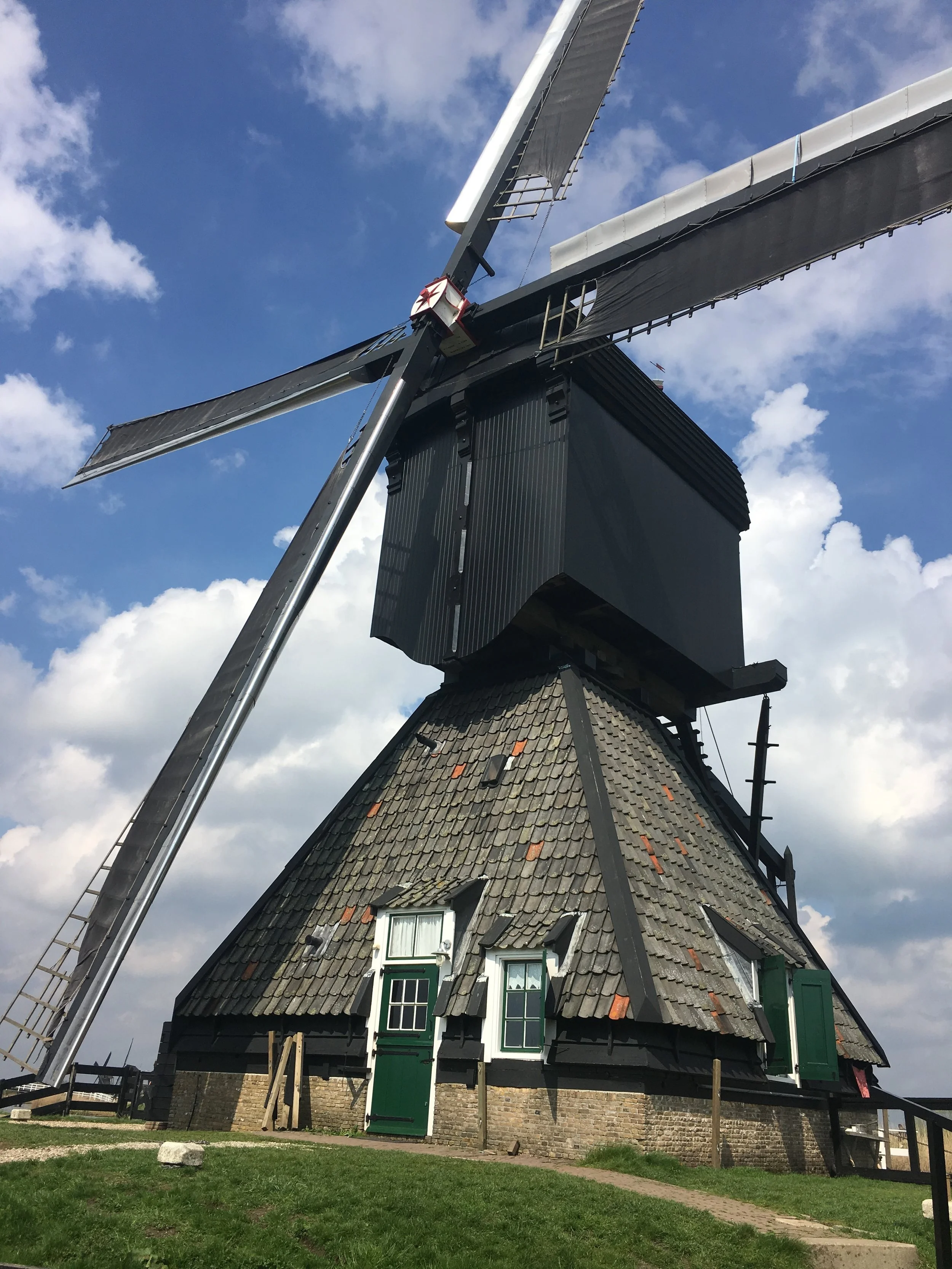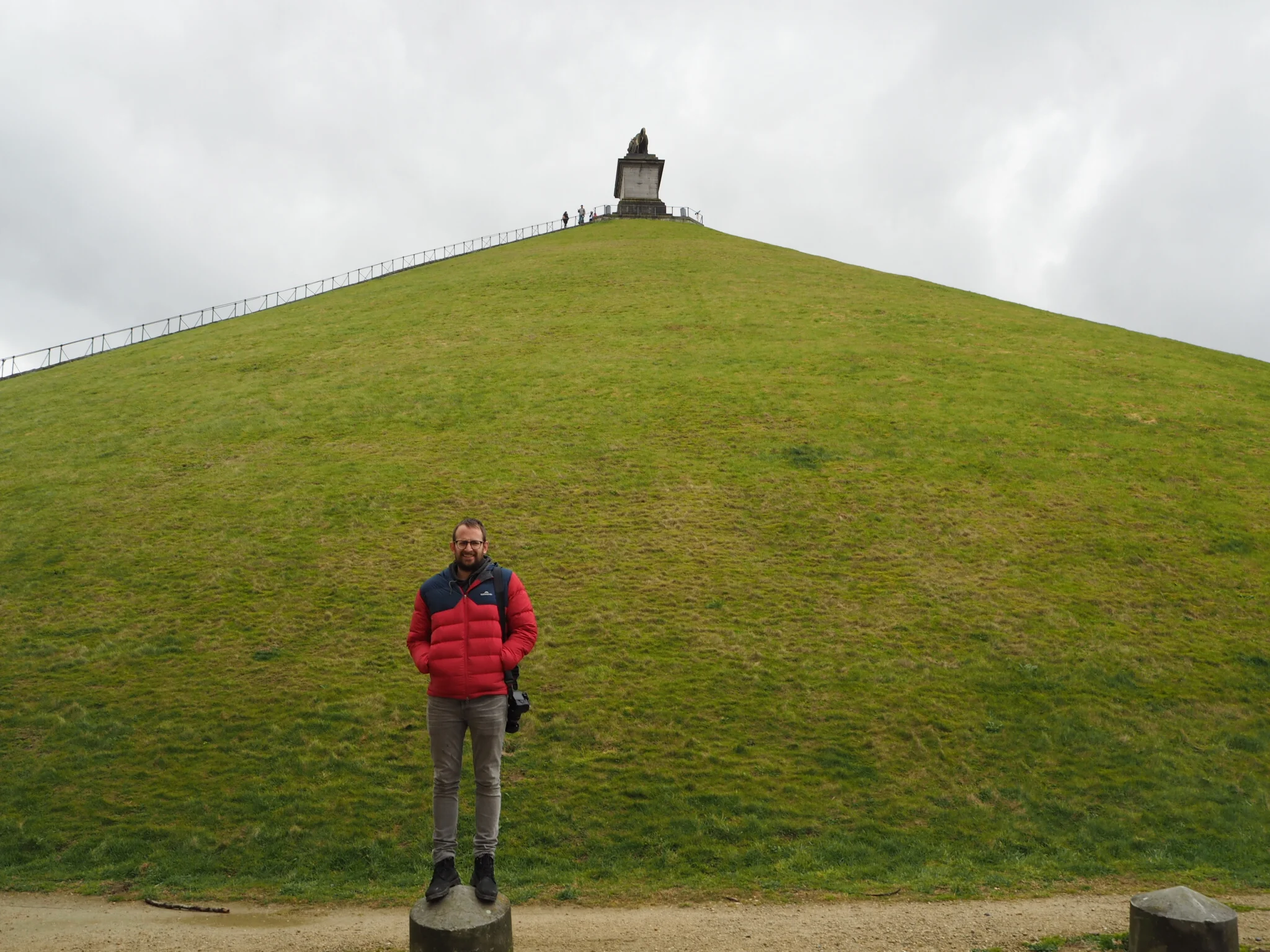Brussels and Beyond
The last time Andre attempted to teach me how to drive, we spent three days bunny-hopping our way around Magnetic Island in a jeep. Somehow, our budding relationship survived. Eight years on, we’re ready for lesson number two: how to drive on the 'wrong' side of the road.
There's no carpark warm-up this time. My first lesson consists of double-lane roundabouts, narrow cobbled lanes, freeway driving, overtaking, bicycle dodging and city parking. Needless to say, my first foray onto foreign roads is an eventful one. Thankfully, the journey is brief. We arrive in Brussels, after an hour or two, unscathed and eager to explore.
Making our way through the different quarters of Brussels by foot, the first thing that strikes me is the city's diversity. The difference between Brussels and a city like Melbourne or Paris? The Turkish, Moroccan, Middle Eastern and African communities aren't relegated to outskirts of the city — they’re integrated right into city centre. After a long bike ride around the city, we're overjoyed to experience the warmth of Iranian hospitality, a few doors from our hotel. There's nothing like a bite of baklava, washed down with several glasses of hot mint tea, to revive you, after a long day of pedalling.
Brussels is every bit as vibrant, multicultural, noisy, cosmopolitan, dirty and beautiful as Paris, without the focus on designer pooches or high-end fashion. I loved Paris, don't get me wrong, but there's something seedy, arty and hip about Brussels that really sucks you in.
It doesn't matter if you are 7 or 77, a jaunt through the city is incomplete without paying a visit to Tintin, Asterix, Marsupilami and The Smurfs. The idea for a Comic Strip Walk began in 1991, with the painting of 10 murals. Now, there are over 60 scenes splashed across the walls of the city. Many of the murals we saw, we stumbled on by chance. If you're a hardcore fan, you can download a map that takes you from scene to scene.
The people of Brussels pride themselves on their playfulness and capacity for self-mockery. When we discover that the city’s emblem is a 61cm-high statuette of a peeing boy, we’re not at all surprised. Paris has the Louvre and the Eiffel Tower. Brussels has a little peeing boy and Waterloo. Manneken-Pis (his formal name) may not be a rare artwork or an architectural masterpiece but he's loved by all who call the city home. Some people think he is precious because he was the only statue to survive the bombardment of 1695. Others think the fountain once played a vital role in the distribution of the city's water. There are many theories. I’ve done a bit of research into his origins but I don’t know who or what to believe.
He may be teeny-tiny but that doesn't get in the way of his passion for fashion. I think Manneken-Pis may very well be the only statue in the world with a full-time tailor in his employ. Those with an eye for fashion and a love for quirky costuming can visit his wardrobe, which comprises at least 1000 outfits! Unfortunately, I couldn't convince Andre that this was a valuable way to spend the day. If you're ever in Brussels, do visit the little peeing boy. If you're lucky, he might be dressed as Dracula, or (if Belgium wins the World Cup) a Red Devil.
If your eyes don’t light up like a small child’s, when you walk through the city of Brussels, let your nose be your guide. The city is literally drenched in the aroma of doughy Belgian waffles and crunchy hot frites. We decide that it would be very un-touristy of us not to partake in the local delicacies — and we’re not disappointed. I never even knew I liked waffles until I tried the real deal — smothered in strawberries and Belgian chocolate, of course. The frites? They must be dipped! It's tradition. The sauce of choice? Mayonnaise. As the locals say — lekker!
We’ve satisfied our cravings for art, cycling, waffles, frites and beer. What’s next? The history buff in me suggests that a rainy day might be best spent exploring a museum. The couple of days we spend reliving the bloody battles of Waterloo, Flanders Fields and Dunkirk (we zip over to France for this one) are full-on and I’m in my element but there’s only so much history and war one can take. Our brains are saturated.
It’s time for some romance.
With its postcard perfect medieval buildings, cobbled lanes and meandering canals, the city of Bruges is unquestioningly beautiful. Louis, our local guide, is more than happy to wax lyrical about his hometown and we are more than happy to listen. In its heyday, we learn, Bruges was known the world over for its fine Flemish cloth – an important product in medieval Europe. Traders would travel from all over the world to sell their wares and to stock up on textiles. Walking about the old market place, we take a step back in time, to the Middle Ages, to imagine Bruges as a thriving commercial town and bustling port.
Things were going well – the town was wealthy and business was booming – until the 16th century, when the larger port of Antwerp came to dominate and the cloth industry fell into decline. Since then, Bruges has had a few ups and downs. Its saving grace? Its beauty, charm and suitability for tourism.
There's no denying the fact that Bruges is a tourist trap but we are all tourists when we're travelling so we decide to quit the eye-rolling and just enjoy it. Before we know it, we’re strolling past the aptly-named Love Lake, admiring the swans as they dip and dive. Spring is in the air. The daffodils are in bloom, the weather is mild and we’re smiling from ear to ear. It's all very poetic.
Come nightfall, we know that the tourists will be gone. It'll just be us, our bikes and the canal, as we ride through the paddocks, in search of the perfect sunset.



